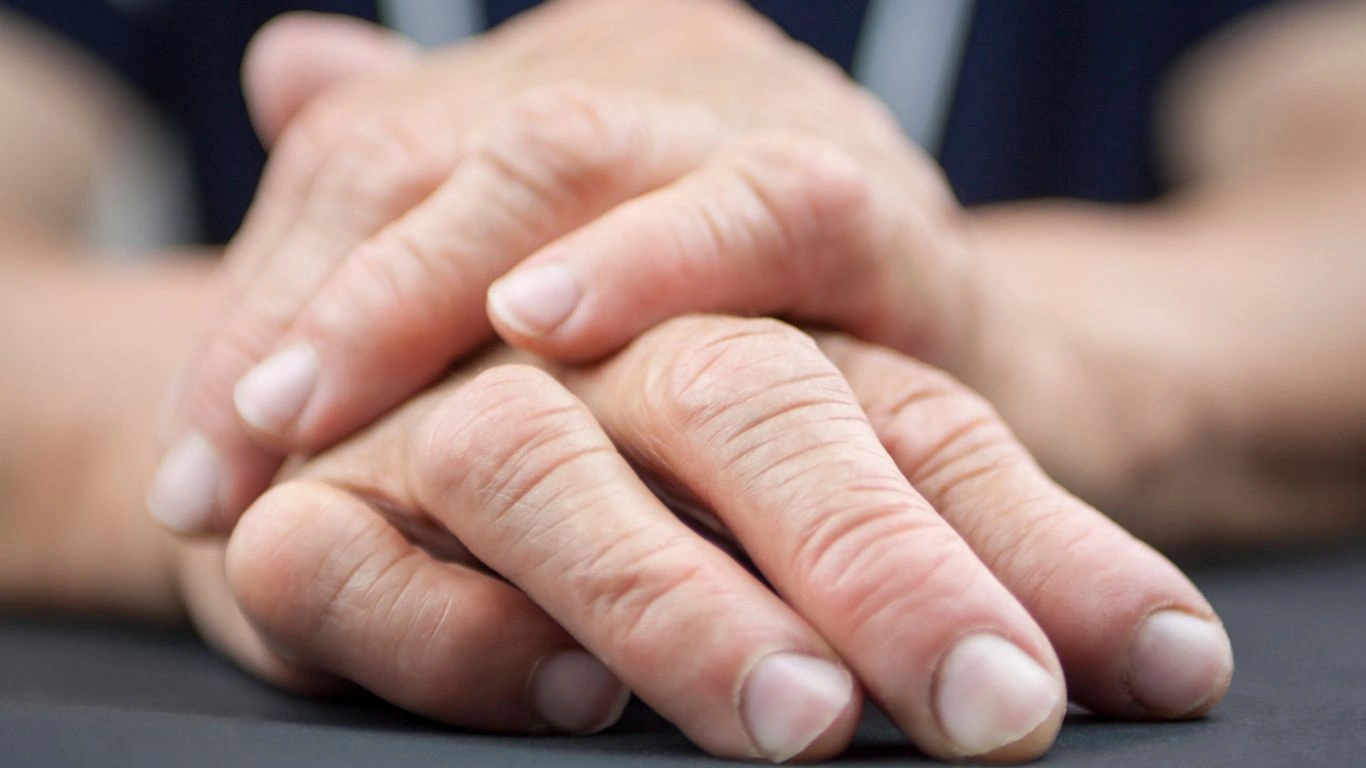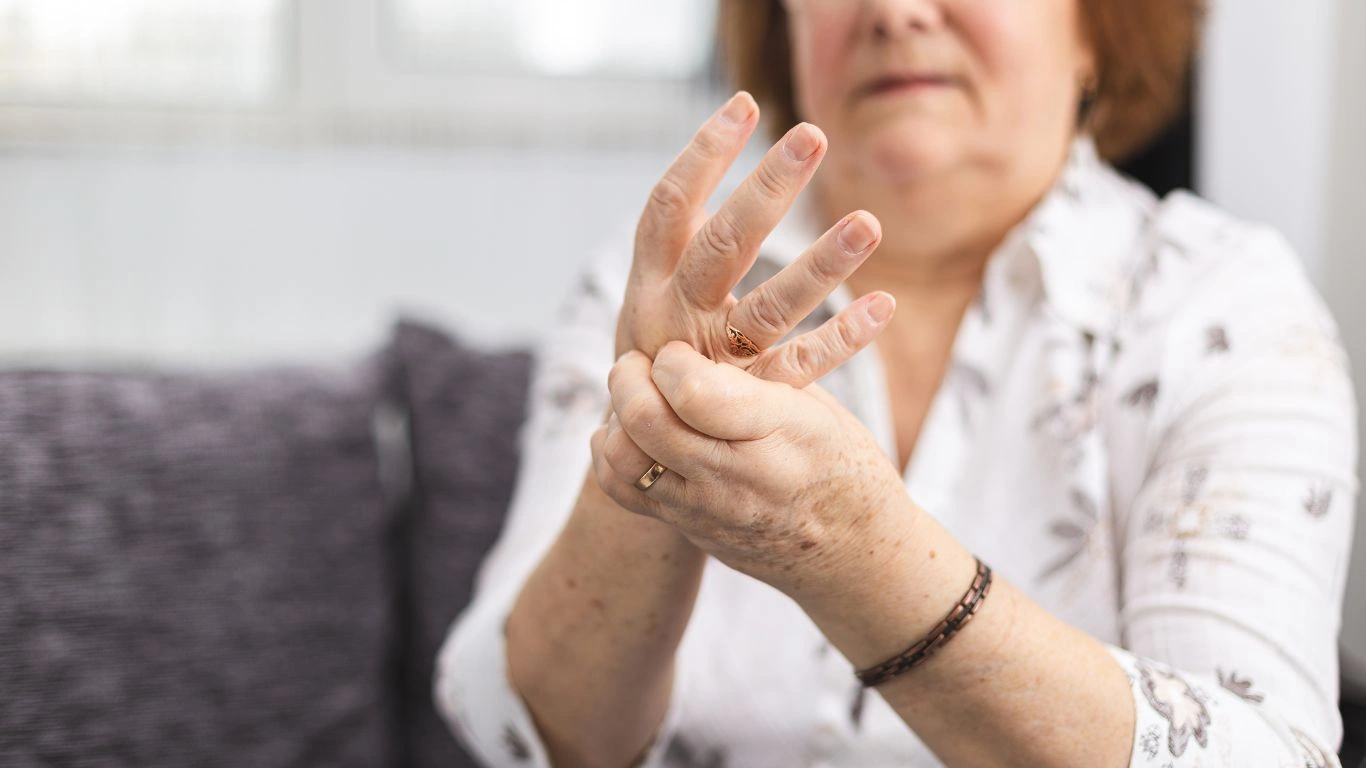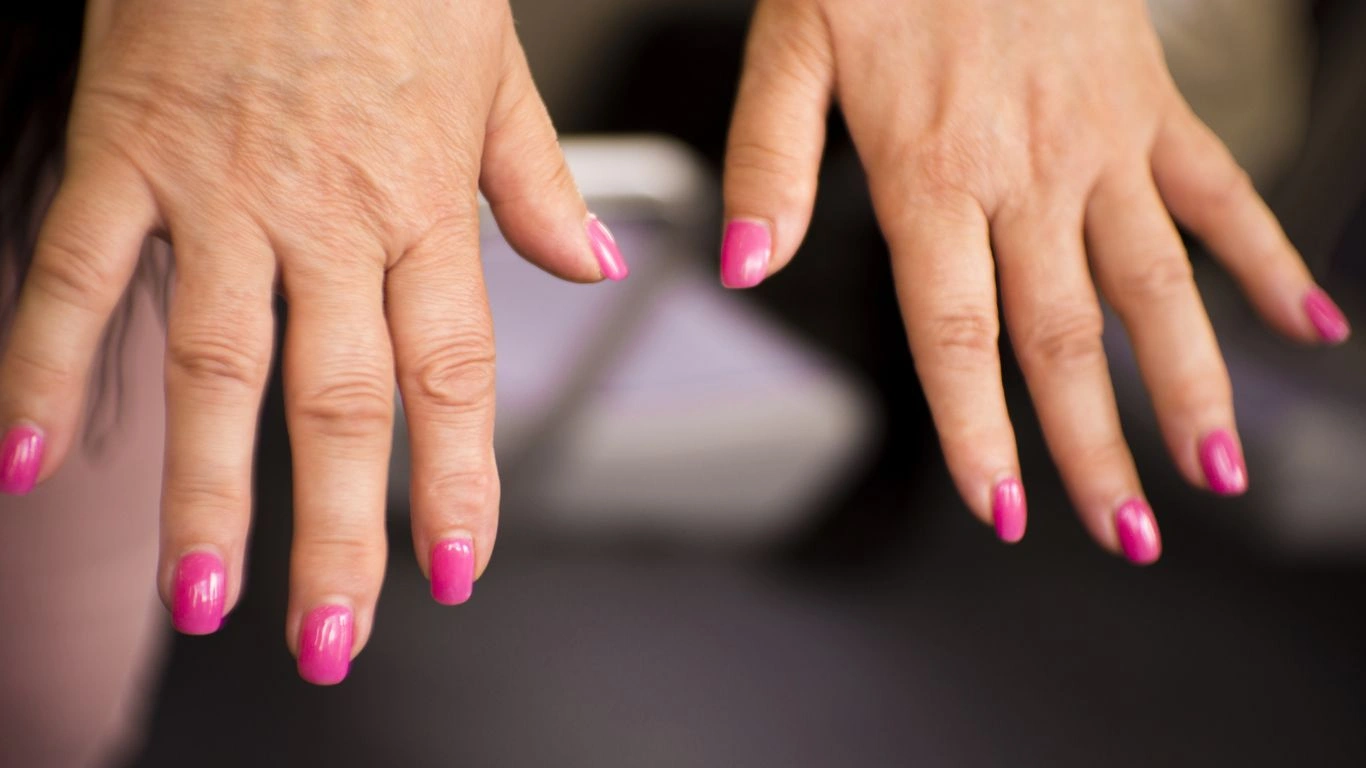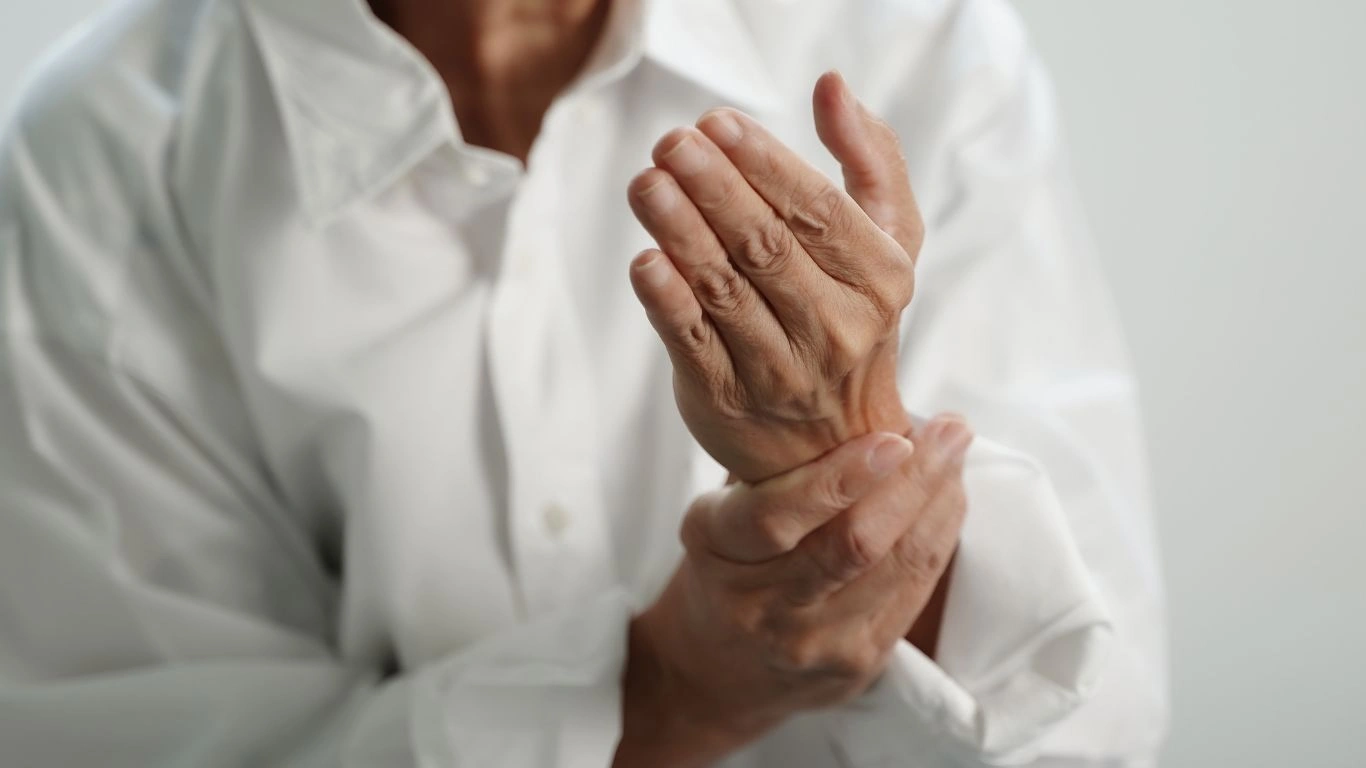Pacing Activities: Essential Tips for Managing Rheumatoid Arthritis
As a Rheumatology Nurse Practitioner, I’ve had the privilege of working closely with individuals living with rheumatoid arthritis (RA). One thing I’ve learned over the years is the importance of pacing activities for those affected by this chronic condition. RA is often a painful, unpredictable journey, and while managing it, many of my patients have shared their struggles with balancing daily tasks. Pacing activities effectively can make all the difference in maintaining a good quality of life. In fact, it’s not just about managing the pain but also managing energy, emotions, and the frustration that can come with this disease. If you or a loved one are living with rheumatoid arthritis, understanding how to pace activities is key to making each day a little easier. In this article, I’ll dive deep into why pacing is so important and how you can begin to incorporate it into your daily routine.
The Struggles of Living with Rheumatoid Arthritis
Rheumatoid arthritis is a chronic autoimmune disease where the body mistakenly attacks its own joints, causing inflammation, pain, and sometimes permanent joint damage. While it primarily affects the joints, its impact can be felt throughout the body. This is where the importance of pacing activities comes into play. With RA, doing too much can lead to flare-ups, while doing too little can cause stiffness and weakening of the joints.
As someone who has witnessed firsthand how RA affects my patients, I can tell you that managing daily tasks—such as cleaning, cooking, or even just getting out of bed—can be incredibly challenging. People with RA often experience pain, stiffness, fatigue, and a lack of flexibility, all of which make regular activities seem like a major undertaking. One of the most important aspects of managing RA is learning how to balance rest and activity in a way that doesn’t push the body too hard but also avoids complete inactivity.

What is Pacing and Why Does It Matter?
Pacing is the art of balancing activity and rest. In simple terms, it’s about spreading out your energy throughout the day to avoid overexertion and burnout. While this might sound simple, it can be tricky for those who want to live life to the fullest despite RA. However, I’ve seen time and time again how essential it is for managing symptoms and preventing flare-ups. The trick is to listen to your body, adjust accordingly, and not push through the pain.
When I work with patients, one of the first things I teach them is to acknowledge their limits—and that can be hard, especially when you have the desire to keep up with the world around you. However, overdoing it often leads to a vicious cycle: pushing too hard leads to pain, fatigue, and the inability to do anything at all for the rest of the day. The right pacing helps break this cycle, allowing you to stay active without overloading your body.
Understanding Your Body’s Signals
Before we dive into practical tips, it’s crucial to understand the importance of listening to your body when it comes to rheumatoid arthritis. This isn’t just about pain—it’s about the signals your body sends, like fatigue, stiffness, and overall discomfort. People living with RA often push through symptoms because they don’t want to appear weak or because they feel guilty for needing rest. But trust me when I say that it’s okay to rest—and sometimes, it’s necessary.
One of the things I emphasize in my practice is the concept of “resting before you’re tired.” I’ve found that by learning to pace activities early in the day, patients are more successful in avoiding the intense fatigue that often accompanies RA. Fatigue can be one of the most overwhelming symptoms, but it’s also one of the easiest to manage when you pace your activities appropriately.
Tips for Pacing Activities Effectively
So, how do you begin to pace your activities? Here are a few practical tips that I’ve shared with many of my patients over the years:
- Break tasks into smaller chunks: Instead of trying to complete everything at once, break your day down into smaller, manageable tasks. For example, if you’re cleaning your house, focus on one room or even one task (like dusting or vacuuming) at a time.
- Rest between tasks: Take breaks between tasks to give your body time to recover. Even if it’s just for a few minutes, sitting down and resting can help you avoid overexertion.
- Use assistive devices: There are tools and devices designed to help people with RA manage daily activities with less strain on the joints. Consider using reachers, ergonomic utensils, or even adaptive clothing to make your tasks easier.
- Prioritize tasks: Not everything on your to-do list is equally urgent. Prioritize the most important tasks, and leave less critical tasks for another day if necessary.
- Listen to your body: This is perhaps the most important tip. If your body starts sending signals that it’s time to rest (pain, fatigue, stiffness), listen and take a break. Don’t push through if it’s causing you harm.
By learning how to pace activities in a way that honors your body’s needs, you’ll be able to manage the ups and downs of rheumatoid arthritis more effectively. The goal isn’t to live in a state of constant rest, but to find a healthy balance between activity and recovery. Your body will thank you for it.
Recognizing the Emotional Impact of RA
It’s also important to consider the emotional toll that rheumatoid arthritis can take on a person. I’ve had patients who tell me they feel overwhelmed by their condition, which can lead to stress, anxiety, and even depression. Pacing activities isn’t just about physical health—it’s also about mental well-being. By managing your energy, you reduce the likelihood of emotional burnout as well.
In my practice, I always encourage patients to be kind to themselves and recognize that it’s okay to take things slow. It’s easy to feel guilty for needing rest, but rest isn’t a sign of weakness. It’s a necessary part of managing rheumatoid arthritis and ensuring that you’re able to live life to the fullest.

The Role of Family and Caregivers
Another aspect to consider when pacing activities is the role of family members and caregivers. RA can be challenging not only for the person living with it but also for those who are supporting them. It’s important for caregivers to understand the importance of pacing, as they can help create a supportive environment for those with RA. Encourage loved ones to be patient and provide assistance when needed, whether it’s by helping with household chores or simply offering a listening ear.
Remember, you’re not alone in this journey, and having a support system is an essential part of effective pacing. It’s about collaboration, communication, and understanding each other’s needs.

Strategies for Effective Pacing Throughout the Day
Now that we’ve discussed the importance of pacing activities, let’s dive into some concrete strategies to help you pace your day in a way that keeps you energized and prevents flare-ups. I’ve worked with many individuals who struggle with this, and through trial and error, I’ve found that developing a personalized approach works best. No one-size-fits-all solution exists, especially when it comes to rheumatoid arthritis. The key is to experiment and see what fits your lifestyle and needs. Here are some strategies I suggest to make pacing a part of your daily routine:

Start Your Day With Intentional Rest
It may sound counterintuitive, but the best way to tackle your day is by allowing yourself some time to rest before jumping into tasks. For those with rheumatoid arthritis, mornings can be especially challenging, with stiffness and joint pain often being more pronounced after a night’s sleep. A slow, intentional start to your day can help you ease into the day without overexerting yourself.
As I tell my patients, don’t feel guilty about taking it easy in the morning. If you wake up feeling stiff, it’s okay to take a few moments to stretch gently, do some deep breathing, or even meditate before diving into chores or work. Sometimes, spending an extra 10-15 minutes waking up your body can make all the difference in how you approach your day.
Use the 20-30 Minute Rule
A useful guideline I often recommend is the 20-30 minute rule. This means that after about 20 to 30 minutes of activity, you should take a short break to rest. The goal is to prevent overexertion before it happens. It’s easy to get caught up in a task, but it’s important to recognize when your body might be reaching its limit.
When you feel yourself getting tired or your joints starting to ache, don’t push through. I’ve seen patients who try to “power through” only to pay the price later with increased pain or a longer recovery time. A short rest period—whether it’s 5 or 10 minutes—can help you recover and re-energize for the next round of activity. Incorporating this rule can significantly reduce the risk of flare-ups and fatigue.
Incorporating Gentle Movement and Exercise
Exercise is an important part of managing rheumatoid arthritis, but like everything else, it needs to be approached with balance. It’s essential to engage in gentle movement and low-impact exercises that support joint flexibility without overloading your body. The right type of exercise, when done mindfully and at a manageable pace, can help build strength, improve mobility, and reduce stiffness. The goal here isn’t intense workouts—think more along the lines of stretching, yoga, or even walking.

Stretching and Flexibility Exercises
Stretching can be a game-changer for people with rheumatoid arthritis. It not only helps to maintain or improve range of motion but can also reduce pain and stiffness. However, it’s important to listen to your body and not push too hard when stretching. Start slow, and if any particular stretch causes discomfort or pain, stop immediately. In my experience, I recommend my patients engage in stretching exercises first thing in the morning to help ease morning stiffness.
Some great options to consider include gentle yoga or Pilates routines, both of which focus on flexibility, posture, and breathing. There are specific poses designed to relieve tension in the joints and muscles that often feel the effects of RA. Many people find that incorporating a short, daily stretching routine helps them feel more mobile throughout the day and prevents stiffness from setting in.
Low-Impact Cardio Exercises
Cardio doesn’t have to mean running or high-intensity interval training—low-impact options like swimming, cycling, or walking are fantastic choices for those with RA. These activities provide cardiovascular benefits without putting undue stress on your joints. Swimming, in particular, is a favorite among my patients because the buoyancy of the water supports the body, making it an excellent option for people with joint pain.
It’s also helpful to schedule these exercises during your more energized times of the day. For some, this may be in the morning, while others may find that a light walk or swim in the late afternoon works better. The goal is to build a routine that fits your energy levels and doesn’t leave you feeling drained.
Adjusting Your Work and Social Schedule
Pacing isn’t just about managing household tasks or exercise—it also applies to your work and social life. One of the most challenging aspects of rheumatoid arthritis for many patients is navigating work, family, and social commitments. It’s easy to overcommit when you’re feeling okay, but sometimes, it’s better to say no or adjust your schedule to avoid burnout later.
I always encourage my patients to be open with their employers and colleagues about their condition. While it might feel uncomfortable at first, the reality is that RA can sometimes make it hard to keep up with a full workload. It’s okay to ask for accommodations, such as adjusting deadlines or taking more frequent breaks throughout the day.

Workplace Adjustments
If you’re working in an office, small changes like using an ergonomic chair, setting up a standing desk, or even adjusting your computer screen can help ease the strain on your body. Taking a 5-10 minute break every hour can also do wonders for your energy levels. I’ve worked with patients who have incorporated these small adjustments into their work routine, and they’ve seen a big improvement in their ability to manage RA during work hours.
Socializing and Saying “No” When Necessary
Socializing can be a wonderful part of life, but when you’re living with rheumatoid arthritis, it can sometimes feel like an exhausting marathon. I’ve had patients tell me they feel obligated to attend every social event or family gathering, even when they know it’ll leave them drained. Remember, it’s okay to say no when you need to! Your health and well-being should always come first. By pacing your social events, prioritizing your energy, and giving yourself permission to decline when necessary, you’ll be better equipped to maintain your relationships without compromising your health.
Setting clear boundaries around your social calendar can help you stay on track and avoid unnecessary stress. If you’re feeling fatigued or have had a busy week, it’s okay to sit out of a social event or leave early. Don’t feel guilty about it—you’re not letting anyone down by taking care of yourself.
Understanding the Long-Term Benefits of Pacing Activities
When it comes to managing rheumatoid arthritis, pacing your activities isn’t just about getting through the day—it’s about maintaining a long-term, sustainable routine that keeps you feeling as good as possible. One thing I often share with my patients is that pacing can actually help protect your joints from further damage, enhance your overall energy levels, and even reduce the emotional burden of RA.
Living with RA requires a lifelong commitment to balancing rest and activity, and the benefits of effective pacing extend beyond just managing pain in the moment. Over time, when you consistently pace your activities, you’ll notice improvements in your ability to perform daily tasks with less effort, greater mobility, and a decreased risk of injury. I’ve seen it with my patients time and time again: by incorporating pacing strategies, they’re not only able to reduce flare-ups but also prevent unnecessary joint wear and tear.
Reduced Risk of Joint Damage
One of the most serious concerns of living with rheumatoid arthritis is the risk of joint damage over time. The inflammation caused by RA can lead to joint deformities, decreased range of motion, and increased pain. However, by pacing activities—taking breaks, adjusting your physical output, and being mindful of your body’s limits—you can significantly reduce the wear and tear on your joints.
I’ve seen patients who, after adjusting their activity levels and practicing better pacing, report feeling stronger, with less stiffness and fewer flare-ups. The key is to stay as active as possible without overdoing it. It’s about maintaining a healthy balance. When your joints are consistently under stress, they suffer, but when you pace your movements and avoid prolonged strain, you’re helping protect your body for the long haul.
Enhanced Energy and Reduced Fatigue
Fatigue is an incredibly common symptom of rheumatoid arthritis, and it can sometimes feel like the disease is draining every ounce of energy. But what I’ve learned through working with patients is that pacing can actually help manage this fatigue. When we pace our activities and give ourselves permission to rest, we prevent the burnout that leads to exhaustion. This isn’t just physical fatigue but also emotional and mental fatigue, which can be just as debilitating.
As I often tell my patients, it’s not about pushing through the fatigue but about managing it wisely. By taking regular breaks, pacing your work and social schedules, and conserving energy for the most important tasks, you’ll find that you have more energy throughout the day and fewer crashes in the evening. Pacing helps you maintain a steady flow of energy, so you can be productive without sacrificing your well-being.

Mindful Movement: Focusing on Joint Health
Another area where pacing activities truly shines is in promoting long-term joint health. While it’s critical to pace daily tasks, it’s just as important to engage in mindful movement. This isn’t about strenuous exercise or pushing yourself to work through discomfort, but rather about cultivating a daily routine that prioritizes joint health and body awareness. Mindful movement includes everything from gentle stretching and yoga to simple joint mobility exercises.
Over the years, I’ve seen how practicing mindful movement can help patients maintain flexibility and improve their joint function. A focused approach to movement doesn’t just help with the immediate relief of stiffness; it also supports the integrity of the joints over time, reducing the chances of joint deterioration caused by RA.
The Power of Mindfulness and Breathing
Mindfulness isn’t just for mental health—it can have a profound impact on your physical health, too. When you engage in mindful movement and breathing, you bring awareness to your body and its needs. This heightened awareness helps prevent overexertion, improves circulation, and reduces overall stress on your joints. I highly recommend incorporating deep breathing exercises, progressive muscle relaxation, or guided meditation into your daily routine.
These practices can help you manage pain, improve mental clarity, and cultivate a greater sense of control over your body, especially when it comes to rheumatoid arthritis. Mindful movement not only strengthens your joints but also nurtures the mind-body connection, helping you feel more grounded and present as you go about your day.
Self-Care and Support: Building a Holistic Approach
While pacing is an essential part of managing rheumatoid arthritis, it’s also critical to incorporate self-care practices into your routine. Self-care isn’t just about pampering yourself—it’s about taking the time to nourish your body and mind. Whether it’s getting adequate sleep, eating a balanced diet, or practicing stress-reducing techniques, a holistic approach can make a huge difference in how you manage RA.
I always encourage my patients to take a proactive approach to self-care. This includes setting aside time for relaxation, engaging in hobbies that bring joy, and staying connected with loved ones. Socializing and engaging in activities that bring a sense of fulfillment can reduce feelings of isolation, which many people with chronic illnesses experience. Emotional well-being is just as important as physical health in managing RA.
Additionally, support groups—whether online or in person—can offer tremendous benefits. Connecting with others who understand your struggles can provide emotional support and practical tips on managing your condition. This sense of community can be incredibly empowering, as you realize that you’re not alone on this journey.

Disclaimer
While the information provided in this article is based on my experience as a Rheumatology Nurse Practitioner and general medical knowledge, it is important to consult with your healthcare provider before making any significant changes to your routine. Each person with rheumatoid arthritis is unique, and what works for one individual may not be suitable for another. Always work with your doctor or a qualified healthcare professional to develop a personalized plan that suits your specific needs.
Additionally, while pacing and other management techniques can significantly improve your quality of life, rheumatoid arthritis is a complex condition that requires ongoing care. Medical treatment, lifestyle adjustments, and regular check-ups with your healthcare team are all integral parts of managing the condition. Be sure to communicate openly with your healthcare provider about any concerns or challenges you may face while pacing your activities.
For further information on rheumatoid arthritis and tips for managing symptoms, visit reputable health websites such as Health.com and NIH.gov.

Tarra Nugroho is a dedicated Nurse Practitioner with a strong foundation in family and preventive care. She brings both compassion and clinical expertise to her practice, focusing on patient-centered care and health education. As a contributor to Healthusias.com, Tarra translates medical knowledge into clear, empowering articles on topics like women’s health, chronic disease management, and lifestyle medicine. Her mission is simple: help people feel seen, heard, and informed—both in the clinic and through the content she creates. When she’s not caring for patients, Tarra enjoys weekend hikes, plant-based cooking, and curling up with a good health podcast.






